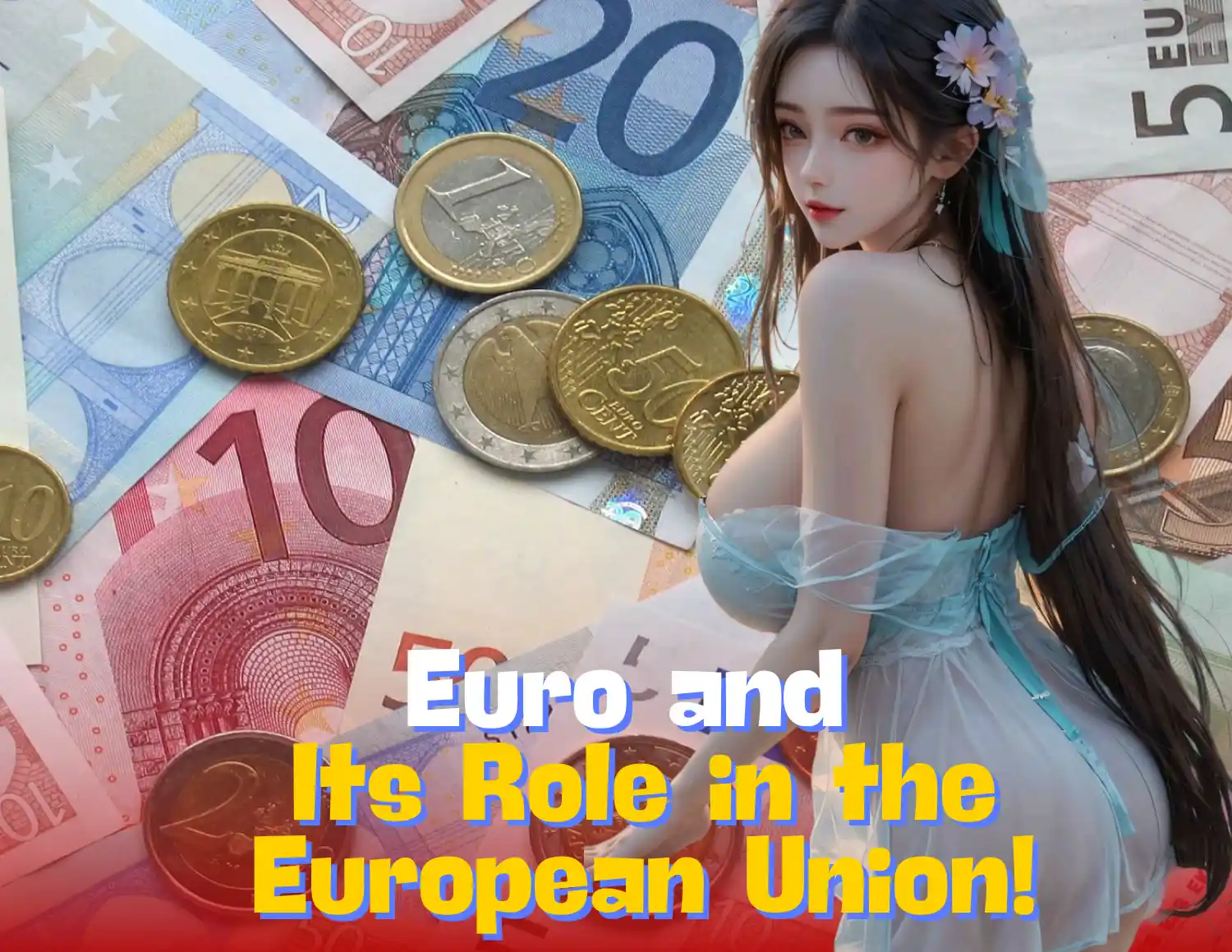Introduction to the Euro and Its Role in the European Union
The Euro (EUR), the official currency of the European Union (EU), plays a climactic role in facilitating economic integration among its member states.

Historical Background
The Euro was established in 1999 as a virtual currency for electronic transactions. And later, in 2002, physical banknotes and coins were introduced. It symbolizes the culmination of efforts to unify Europe economically and politically following the devastation of World War II.
Formation and Adoption
The creation of the Euro stemmed from the European Economic Community’s (EEC) ambitions to create a single market and monetary union. It replaced national currencies in 19 of the 27 EU member states. Representing a significant step towards economic cohesion and stability.
Cultural and Economic Significance
Beyond its economic utility, the Euro embodies Europe’s commitment to peace and prosperity through cooperation. It has facilitated more accessible travel, trade, and investment within the Eurozone, bolstering Europe’s position as a global economic powerhouse.
Challenges and Successes
The Euro has faced challenges, including economic disparities among member states and the global financial crisis of 2008. However, it has also proven resilient, demonstrating its ability to withstand economic shocks and foster recovery.
Conclusion
The Euro symbolizes European unity and economic strength, reflecting the EU’s evolution from a post-war initiative to a global economic force. As Europe navigates future challenges, the Euro remains integral to its identity and aspirations for a prosperous future.
This introduction provides an overview of the Euro’s historical development. And its profound impact on European integration and economic stability, highlighting its role as a cornerstone of the European Union.







